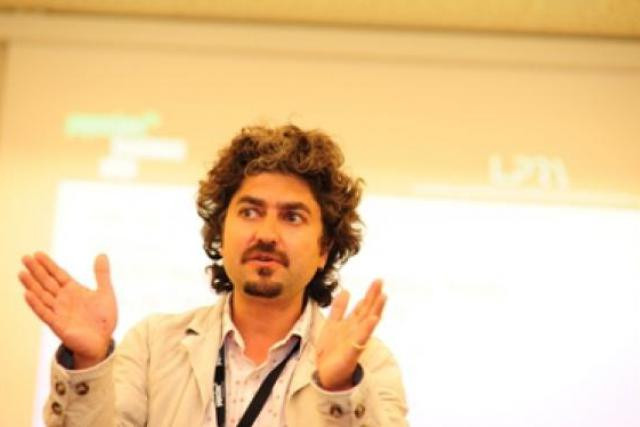The problem with branding Luxembourg, as Mike Koedinger points out, is that too many actors are using too many different methods and mixed messages. They are all well-meaning, if not exactly all well executed, but the result of too much individual decision taking is that there is a distinct lack of consistency. Several of the campaigns Koedinger cited also lack originality. And all too many use traditional media, which goes against the grain of what Xavier Lesueur, CEO and co-founder of Vanksen believes is the key to successful contemporary branding. Using social networking sites and video platforms such as Facebook and YouTube not only provides a brand with instant access to millions of users, but is also cost efficient. “Everybody is their own media these days, so if you don’t use new media to spread a message about your city or country, others will do it anyway,” Lesueur warns.
Strong identity
Koedinger, whose custom publishing for the Ville de Luxembourg and Luxair makes strong contributions to city and country branding, says the numerous stakeholders involved in promoting Luxembourg need to “define a process” by which they can “deliver one strong global message”. Luxembourg is, after all, very “sellable” as the Ville de Luxembourg’s City Manager, Geraldine Knudson, puts it. She is impressed by the homogenous approach of a country like Austria. “Strong identity must be the core of a good brand,” says Knudson. The capital city’s administration is in the process of creating a strong brand identity for itself by building on its strengths and identifying weaknesses – a process that has involved consultations with a variety of stakeholders. “Identity equates with shared values,” she says.
Laurent Probst, partner at PricewaterhouseCoopers who leads the company’s Invest in Luxembourg project, says that there is a paradox in the fact that Luxembourg has a very good business case but that the message is often failing to reach its target audience. He, too, would like to see Luxembourg using innovative media and web tools to deliver smart and original, and even funny, promotional messages. “It is far too expensive to do this via traditional media,” he says. And Probst also thinks more of an effort should be made to leverage the foreign companies based in Luxembourg – those such as Cisco, for instance, who have been involved in developing cutting edge products like Hot City.
Probst believes there is a willingness to cooperate, but that this would require organization and a leader to start the process who would be responsible and respected. Temple-Morris argues that the major difference between a country branding project and a similar exercise in the commercial world is that the latter is usually driven by an executive who then makes the organisation take up the resulting project. In a country branding project, participation itself would bind a group of disparate stakeholders. “It would help them in their work promoting Luxembourg, so they would be crazy not to be interested,” he says. Furthermore, nobody would be obliged to utilize the end result of a country branding exercise. “The work would stand up on its own merit. If a Luxembourg brand is defined and resources made available to promote it, people will use it if it helps them.”
See the video interview with Boz Temple-Morris HERE
See the video interview with Geraldine Knudson HERE
See the video interview with Laurent Probst HERE
See the video interview with Xavier Lesueur HERE
See the photo gallery HERE
